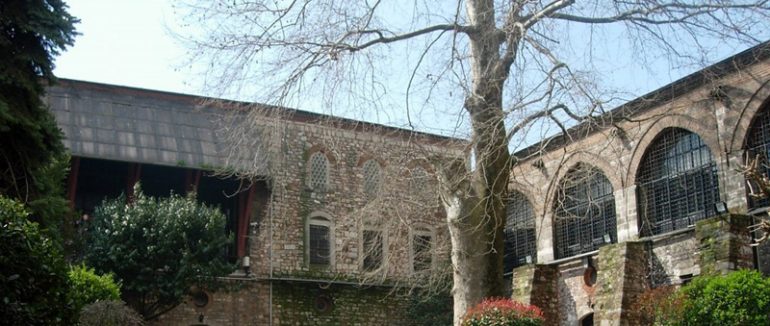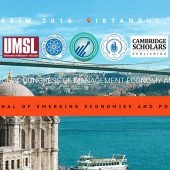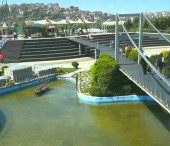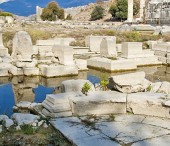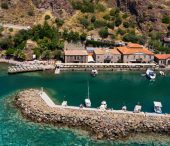The Museum of Turkish and Islamic Works and Arts, which contains a meaningful collection of Turkish/Islamic Works, welcomes its visitors in the historical Ibrahim Paşa Palace located in Sultanahmed Square after having moved there on May 22nd, 1983. At first, it was established as the Evkaf-ı İslamiye Museum (The Islamic Foundations Museum) in the Daruzziyafe (a soup kitchen during the 16th century) within the Suleymaniye Mosque Complex in 1914. After the proclamation of the Republic in 1923, it took the name “Museum of Turkish and Islamic Works and Arts”.
The rich carpet collection of the museum is unprecedented showcased together with other rare items from around the world. Its collection of roughly 15,000 manuscripts (spanning through the 8th-19th centuries) introduce its visitors to a historical adventure of the development of a basic civilization. The Museum of Turkish and Islamic Works and Arts is a cultural place showing how to masterfully bring together the core culture of a nation with a great civilization. After having been honoured with Islam, Turks played a leading role in the development of the Muslim civilization, its cultural richness, and social life. The museum provides an ethnographically rich detail for its visitors with its objects made of stone, ceramic, wooden and metal as well as black tents and yurts which were the essential components of the nomadic Turks’ daily lives.
The Museum of Turkish and Islamic Works and Arts has a collection consisting of authentic items reflecting the lifestyle and culture of the Turkish people. The museum consists of seven sections: the Section of Wooden Works, the Section of Ceramics and Glass, the Metal Art Section, the Ethnography Section, the Stone Art Section, the Carpet Section, and the Hand Writing and Calligraphy Section.
The Anatolian woodworks belong to the 9th and 10th centuries as do the works during the Anatolian Seljuk and Beylik period. The woodworks of tortoiseshells inlaid with ivory and mother-of-pearl belong to the Ottoman period and are under exhibit in the Section of Wooden Works.
In the Section of Ceramics and Glass, visiters can see examples of 10th century Islamic glass art samples, ceramic works discovered during excavation works between the years of 1908 and 1914, mihrab and wall encaustic tile samples, and plaster ornaments of the Konya Kılıçaslan Palace.
In the Metal Art Section, visitors are able to view the door knockers from the Cizre Ulu Mosque, constellation and planet symbols, spouted ewer, and dirhems constitute.
Ethnographic pieces, which have been collected over a long period of time are on exhibit in the Etnography Section. Among the works exhibited in this section are nomadic society’s daily life tools and equipment, costumes, kilim looms, and materials giving information about the art of carpet weaving. In the other sections of the museum, there are also many qualified works of art, science, art, and culture that shed light on Turkish-Islamic culture which have managed to become inseparable parts of the visual composition of the culture.
Of the museums of Istanbul, this one holds a great interest to the domestic and foreign tourists, researchers, students, and art-lovers who it welcomes. Within the walls of the Museum of Turkish and Islamic Works and Arts lies a treasure of culture which was sophisticatedly developed in the past and which has been carried into future.
Source: www.ibb.gov.tr

